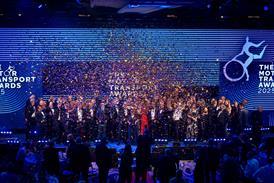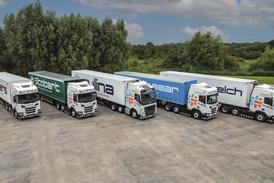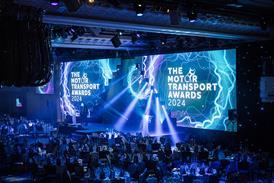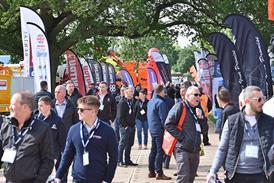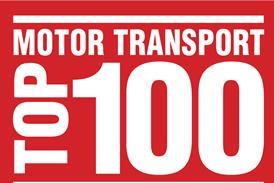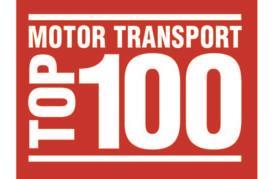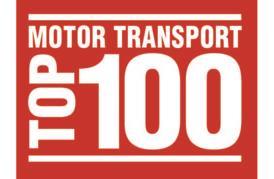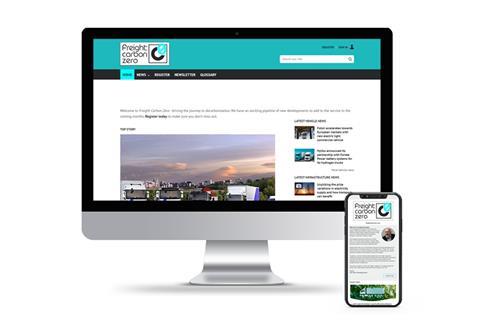Digital management: The key to unlocking fleet efficiency and net zero success

Transport and logistics professionals are keenly aware that transportation is the second-largest source of global greenhouse gas emissions, releasing more than 8 billion metric tonnes of carbon dioxide each year.
You have reached your limit of free news
Register for free today to read more content. Already registered? SIGN IN now
Want to read more?
Register for free now to access the full article.
Let us help you reach your carbon zero targets, sign up today and unlock:
- Unlimited access to breaking news, commentary and analysis around the decarbonisation of the road freight and commercial vehicle sector
- Continued access to the Freight Carbon Zero weekly newsletter, sent directly to your inbox

